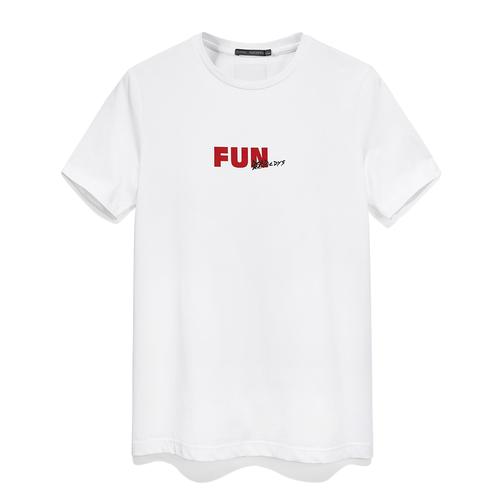Using texture design can add multi-layered effects to clothing, thereby increasing visual impact. The following are some methods and techniques:
1. Material selection: Choose fabrics of different materials to combine, such as smooth silk with rough linen or leather. Combined, they can produce significant textural contrast. At the same time, choosing fabrics with texture effects, such as satin, jacquard, fabric texture, etc., can also create a rich sense of layering.
2. Texture superposition: By superimposing elements of different textures on clothing, you can create more layers. For example, adding textured decorations to the cuffs, collars, skirts, etc. of clothes, or using splicing to splice fabrics with different textures together, can create rich visual effects.
3. Detail processing: Paying attention to the details of clothing is also the key to creating multi-layered effects. Techniques such as three-dimensional tailoring, pleating, and hemming can be used to increase the layering of clothing. At the same time, special patterns can be added to clothing, such as embroidery, embroidery, hand-knitting, etc., as well as decorations such as sequins, beads, buttons, etc., which can add unique texture elements to clothing.
4. Pattern design: Using pattern design is also a way to create multi-layered effects. Choosing patterns with a sense of layering, such as stripes, plaids, zebra prints, etc., and using them rationally in design can make the clothing visually present a rich sense of layering. In addition, you can also try collaging or overlapping different pattern elements to add texture and layering.
5. Color matching: In texture design, color matching is also crucial. Choosing well-matched colors can further enhance the texture and layering of clothing. You can choose a contrasting color to make the texture stand out, or a color in a similar tone to soften the texture.
Using texture design to create multi-layered clothing effects can add visual impact and make clothing more interesting. However, it should be noted that it is necessary to ensure that the overall effect of the texture design is coordinated with the style and style of the clothing, and to avoid being too complicated or excessively decorated to affect the overall effect.






